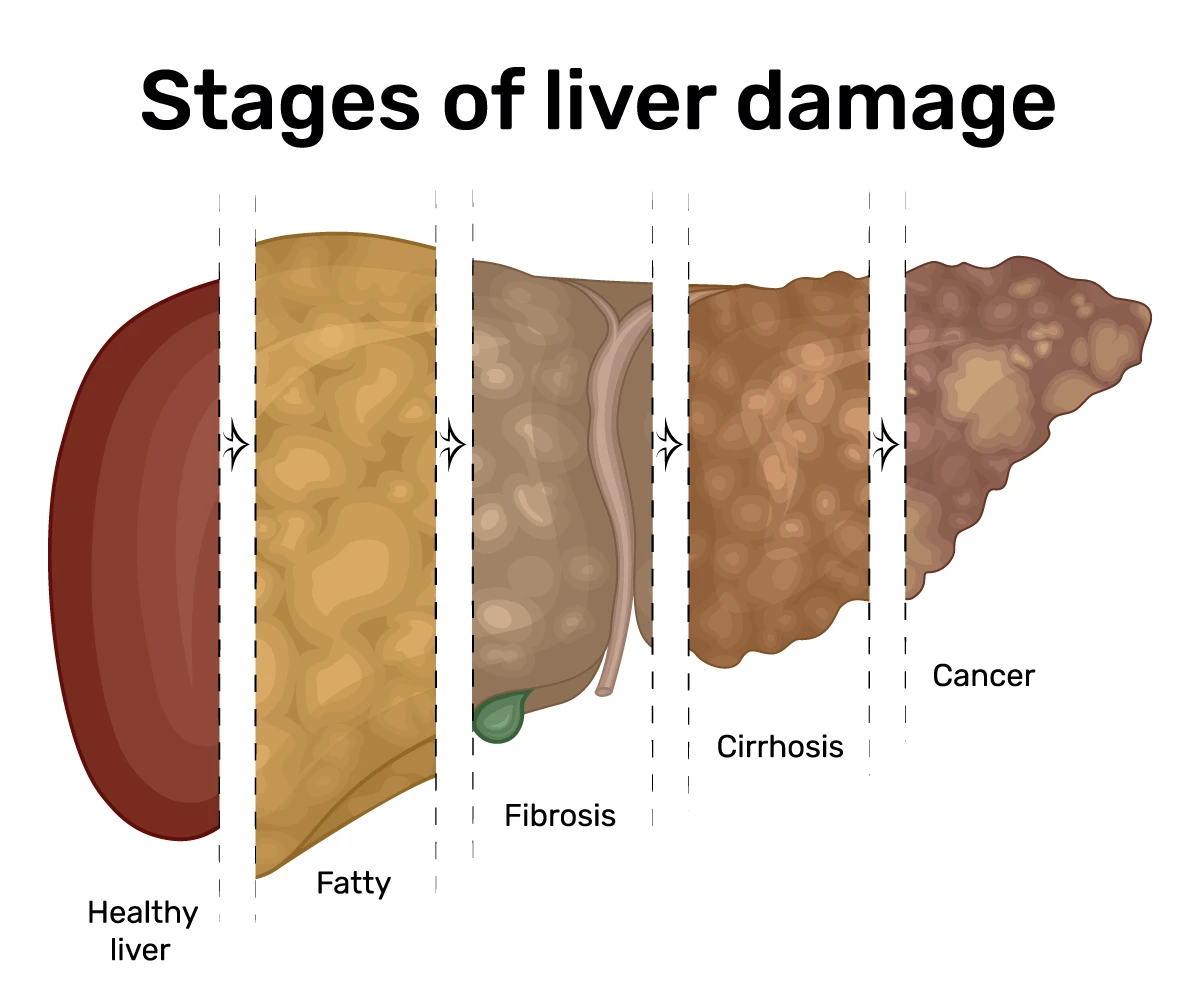How to Get Vitamin D Without Risking Excessive Sun Exposure
Getting enough vitamin D is essential for maintaining strong bones and a healthy immune system. However, too much sun exposure can increase the risk of skin damage and skin cancer. Fortunately, there are several ways to get vitamin D without risking excessive sun exposure.
Why Vitamin D is Important
Vitamin D plays a crucial role in the body by helping to absorb calcium and phosphorus, which are essential for strong bones and teeth. It also supports the immune system and may help reduce the risk of certain diseases.
Sources of Vitamin D Without Sun Exposure
- Foods Rich in Vitamin D: Some foods naturally contain vitamin D, while others are fortified with it. Fatty fish like salmon, mackerel, and tuna are excellent sources of vitamin D. Beef liver, egg yolks, and cheese also contain small amounts of vitamin D. Fortified foods such as milk, orange juice, and cereals can help boost your vitamin D intake.
- Vitamin D Supplements: Supplements are an effective way to ensure you’re getting enough vitamin D, especially if you have limited sun exposure. Common forms of vitamin D supplements include vitamin D2 and vitamin D3. You can find these supplements at Hemlock Pharmacy, such as Health Aid Vitamin D3 1000iu Tablets and Natures Aid Vitamin D3 1000iu.
- Fortified Foods: Many foods are fortified with vitamin D to help people meet their daily requirements. Examples include fortified milk, soy milk, almond milk, and breakfast cereals.
- Mushrooms: Some mushrooms, especially those exposed to UV light, contain vitamin D. Adding these to your diet can be a great way to increase your intake.
Tips for Getting Enough Vitamin D
- Eat a Balanced Diet: Include vitamin D-rich foods in your meals regularly.
- Take Supplements: If you’re not getting enough vitamin D from food, consider taking a supplement.
- Check Labels: Look for fortified foods that can help boost your vitamin D intake.
- Consult Your Healthcare Provider: Before starting any new supplement, it’s always a good idea to talk to your doctor.
Products Available at Hemlock Pharmacy
Hemlock Pharmacy offers a variety of vitamin D supplements to help you meet your daily requirements. Here are a few options:
- Health Aid Vitamin D3 1000iu Tablets: These tablets provide 1000 IU of vitamin D3 per tablet and support bone health and immune function.
- Natures Aid Vitamin D3 1000iu: Another great option for daily supplementation, providing 1000 IU of vitamin D3.
- Valupak Vitamins D3 Capsules 1000IU: These capsules are ideal for daily supplementation and support bone health and immune function.
You can explore these options and more on the Hemlock Pharmacy website here.
Conclusion
Getting enough vitamin D is essential for your health, but it doesn’t have to come from excessive sun exposure. By incorporating vitamin D-rich foods, supplements, and fortified foods into your diet, you can maintain optimal levels of this important nutrient. Hemlock Pharmacy offers a variety of vitamin D supplements to help you meet your daily needs.
Remember, taking care of your health is a priority, and vitamin D is a key component of that. If you have any questions or concerns, don’t hesitate to reach out to your healthcare provider for guidance.











